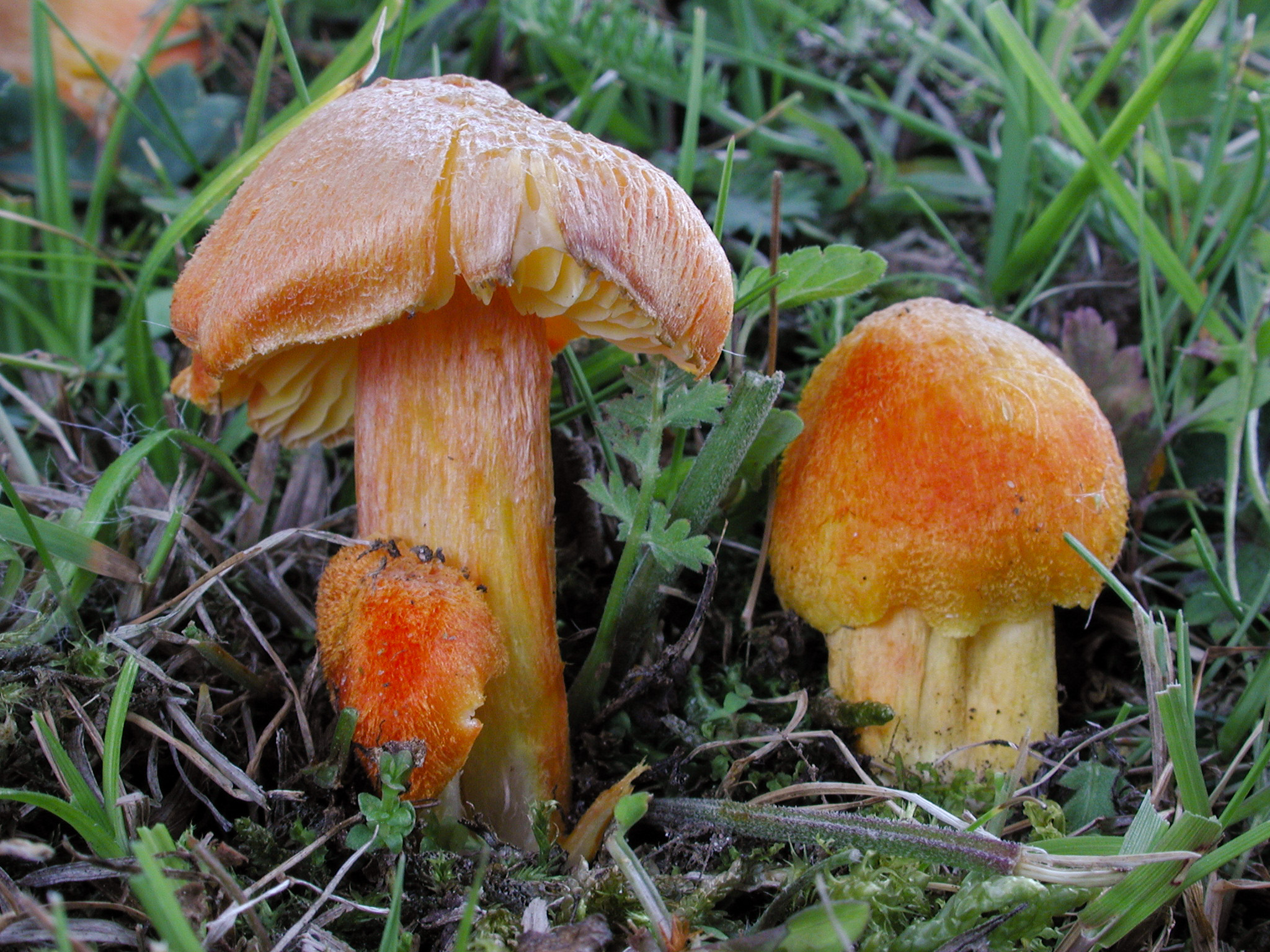I just noticed while browsing through the European fallow deer's zoopedia that there is some very misleading information on the map. To start I'll show what they did right.


Both the general information and the fun facts correctly note that the European fallow deer is native to Turkey, and was likely introduced elsewhere in the continent. However, the range map completely fails to represent this fact.

This is quite a shocking disregard for accuracy, as it pretty much exclusively shows its introduced range (note how there's zero colouring in Turkey, where the animal is actually native!). I strongly encourage the developers to revise this range map to be more accurate to the animal's native range!


Both the general information and the fun facts correctly note that the European fallow deer is native to Turkey, and was likely introduced elsewhere in the continent. However, the range map completely fails to represent this fact.

This is quite a shocking disregard for accuracy, as it pretty much exclusively shows its introduced range (note how there's zero colouring in Turkey, where the animal is actually native!). I strongly encourage the developers to revise this range map to be more accurate to the animal's native range!

